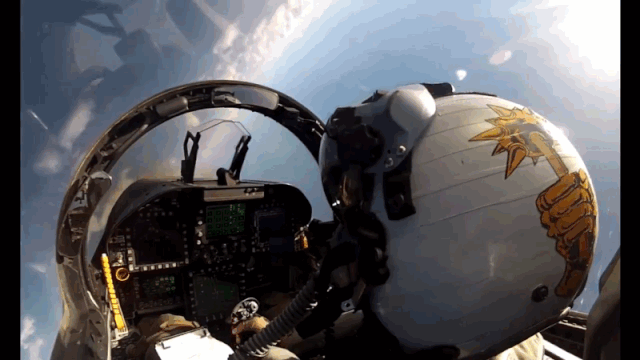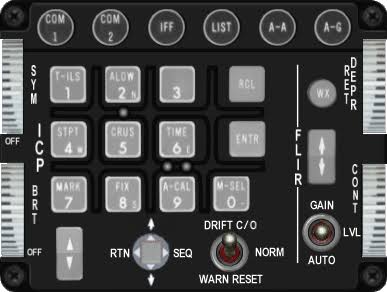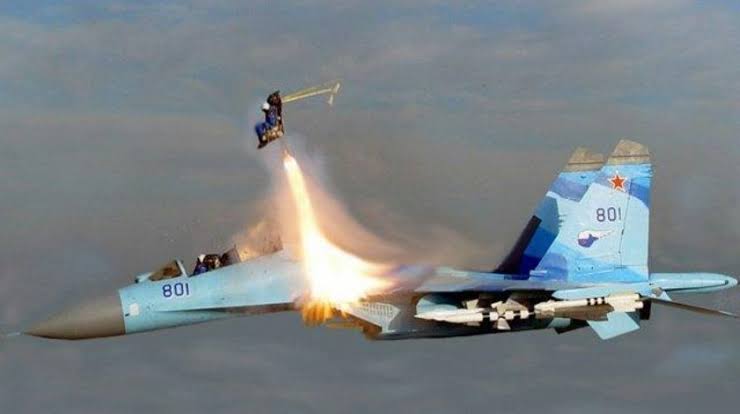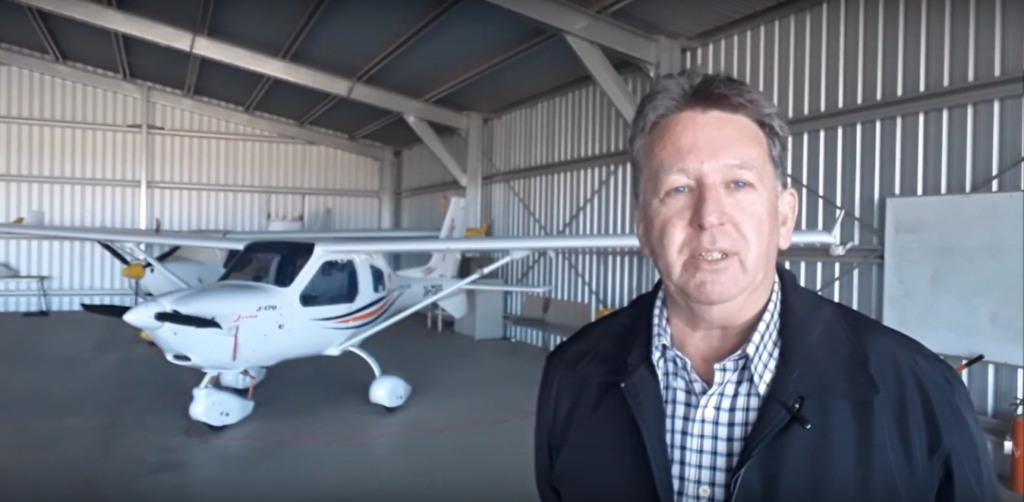Military Aircraft Advances That Will Blow Your Mind!
Military Aircraft – 4th Generation Advances.
The advantages of modern military aircraft are numerous and where to start is harder. Advancements across the board from third to fourth and now fifth generation aircraft is astounding. Lets concentrate on the main advancements that came in the most popular aircraft currently and look at 4th generation aircraft advancements.
The primary advances came in these areas:
- Flight Controls
- Fly By Wire Technology
- Avionics
- Multi Function Displays – (MFD)
- Heads Up Display – (HUD)
- Up Front Control – (UFC)
- Hands on Throttle & Stick (HOTAS)
- RADAR Systems – (AESA)
- Weapons Advancements.
- Egress Safety Systems – Ejection Seats.

Military Aircraft Advances – Flight Controls.
Let’s start at the flight controls of modern military aircraft for a start. Since first three generations of jets and the prop driven aircraft before them the pilots controls were connected by cables and pushrods with latter aircraft having some power assistance like a cars power steering. The main point is the controls and surfaces were directly connected.

This changed with the F-16 Viper designed initially as a light weight day dogfighter but evolved as need required to a multi role aircraft. Much was added including medium range weapons as well as navigation and night pods. All of this had to be dealt with with the flyby wire system and although expanded in capacity still remain agile. This has to take weights into account but the aircraft grew in internal weight with new systems the power got increased as well with advancements to the engine. The Block 30 F-16 is apparently the best model with huge power and agility.
Fly by Wire.
It was the first I’m aware of to utilize fly by wire control systems. Modern military aircraft use fly by wire systems that were initially controlled by multi channel analog computers and later fill digital controls would arrive.
The computers needed control the aircraft were the first of their time. The computers were required to move control surfaces up to 40 times a second to keep the relaxed stability flight design in the air. With no direct connection from the control stick or rudders, the pilots requested a flight change, computers measured the input then deflect the control surfaces to achieve the pilots desired change in flight direction.

Relaxed stability is a design style that changes the relationship between the center of pressure and the center of gravity making the aircraft unflyable without the computers operating. Relaxed stability changes this relationship so the nose is able to pitch incredibly fast without normal C of G fighting the nose movement.
These two items made the new Jet fighters a world apart from anything previously available. The overall design gave the new breed of aircraft new materials and techniques to enhance their flight characteristics like blended fuselage and wings. Leading edge extensions in F16 and F18s initially changed the definition of new designs. They increased performance and handling while reducing drag increasing performance.

Avionics and MFD’s
Avionics was the next leap in technology with again the Viper leading the way with a fully operational HUD (Heads Up Display). For the first time the HUD became the primary flight instrument and not the old steam gauges in the cockpit. It became an eyes out of the cockpit aircraft with navigation, weapons targeting as well as radio and performance information all in the glass ahead of the pilot.

The introduction of multifunction displays came first in the Viper again. One display could show radar, navigation information, flight path, HUD repeater and later display various pods TV and IR pictures with a push of a button. Your check lists and emergency information was just a click away.
HUD Heads Up Display.

The HUD revolutionized fighter cockpits with all the pilots navigation, weapons aiming as well as system information like speed, direction and Gs all right in front of their eyes. In time these would also display TV views of the aircraft when flying low level at night with the use of Lantern pods. There are many and varied pods these days using lasers and advanced cameras for a multitude of missions. These have enhanced aircraft beyond belief giving capabilities not previously considered.
Up Front Control.

Next innovation in modern military aircraft was the upfront control under the HUD glass giving a pilot a direct way to communicate with the aircraft and computers. It also gave technicians a way to fault find systems before removing components. This I used in the F18 and it was possible to fault find any trades system so easily.
HOTAS – Hands on Throttle & Stick.
The most incredible innovation was the HOTAS Hands On Throttle and Stick) concept. The HOTAS concept meant during the highest of G forces and maneuvering the pilot could select any weapon, radar mode as well as the flight controls could be used without removing hands from controls to push a button.

The buttons have a range of functions depending on what mode the aircraft was in. Depending on which mode the aircraft was in such as Navigation, Air to Air or Air to Ground modes the HOTAS switches could have totally different functions. Changing weapons from long range to short range then to guns was all under your thumb on the main stick. It was a dream concept utilized to today and started on the Viper.
Radar Systems.
The Radar systems became incredibly good for the time with look down shoot down capability previously unheard of. The systems were clear representations of target with distance and speed as well as aspect all on a TV screen in front of the pilot. The Vipers radar was rudimentary initially but quickly improved to the incredible AESA radars of today.

The ability of aircraft like the F-15 and F-14 with there massive radars to which governed the size of these aircraft could see incredibly far when 3rd gen had trouble seeing 20 miles. These aircraft could see 80 miles to over 100 with these enormous radars.
Military Aircraft – Weapons Systems Advancements.
Weapons came next to improve the lethality of the latest fighters. The Aim-7 Sparrow came first with a range or up to 20nm if launched fast and high. The king of missiles was the AIM-54 Phoenix with a range of 80 nm at around Mach 3.

Really a monumental step in fighter and weapons design, the F-14 Tomcat could do it all. It could dogfight even when the F-18s came into service as well as hit targets far away. Protect the valuable aircraft carrier group from anti ship missile launched at long range by Russian bombers.
Military Aircraft Advances – Ejection Safety.
The advent of amazing quality ejection seats made the super complex aircraft survivable in an emergency. Building new aircraft is a lot quicker than retraining new pilots from scratch so survivability is crucial in a fighter design.

A Personal Perspective.
I have personally spent well over 20 years working on Jet fighters around the world. The designs and performance have improved exponentially between designs from 3rd and 4th generation aircraft. I first worked on the F-111 then the French Mirage III which were the same generation. Then came the F-18A which was a huge advancement in performance and systems. Watching the F-18 turn two circles plus to the Mirages one in a demonstration showed how far it had advanced.
Going to the UK to Warton I saw the Eurofighter Typhoon pre production model flying along side the Lightening. What a comparison in technology! Then working in the Middle East I worked on Tornados with F-15C and F-15E (S) alongside F-5E Tigers on the base. This was very much balanced by the F-117 Stealth Fighters of the USAF, showed the differences in technology.
Advances in engine performance plus advanced materials have made aircraft designs stronger and lighter. Honestly the changes in technology have been unbelievable. Who knows where we will end up in the future with current 5th gen aircraft already flying and 6th gen possibly already flying. The future of military technology holds no limits. It’s exciting times ahead!

Learn more @ DreamingGuitar.com – DreamngCoffee.com – LetsFlyVFR.com
As an Amazon affiliate I may earn on qualifying sales.




